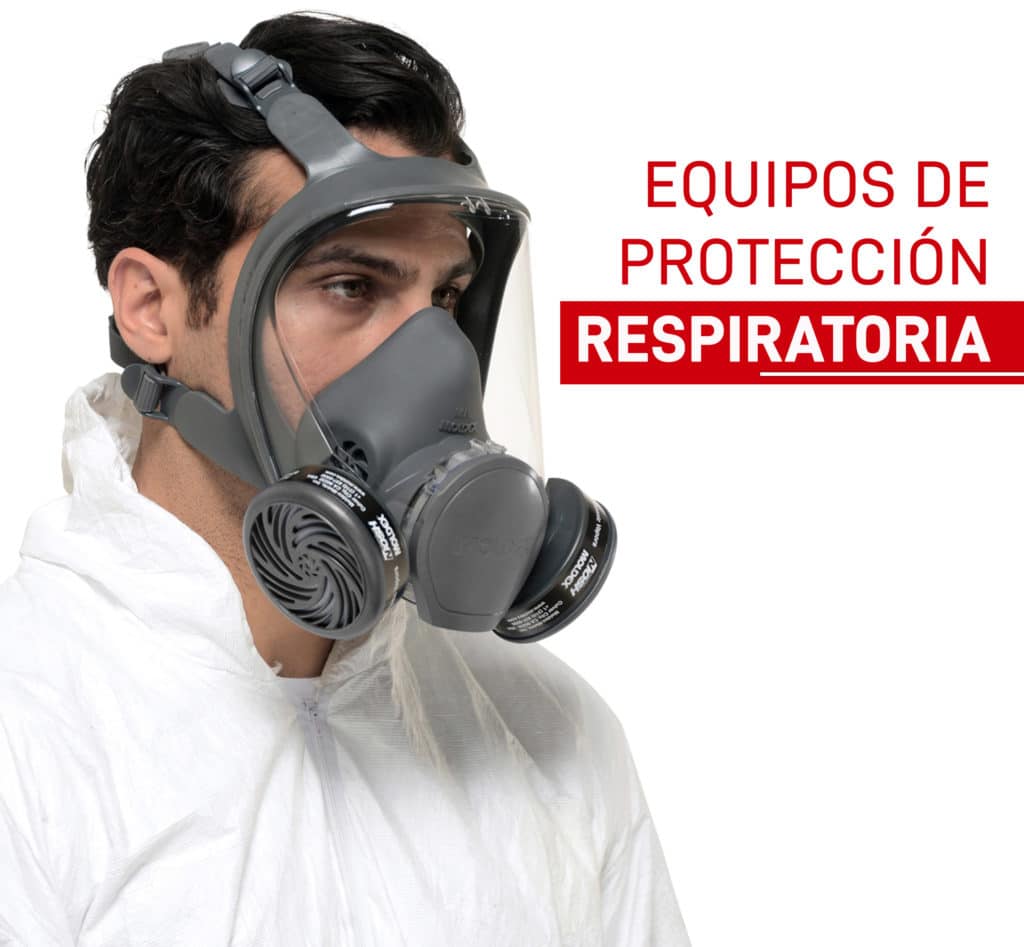
Today, Covid-19 has become a major global concern. The WHO recommends not to go out of the house excessively, avoid crowds, constantly wash your hands, and take hygienic measures when coughing and sneezing, among others.
In addition, local governments have taken mandatory measures to use masks to prevent the spread of the virus in the population, as it is a hygienic protection option. However, most citizens do not know the types of respiratory protection equipment and its recommendations for use.
In this publication, we will explain the general level of characteristics of the different types of respiratory protection equipment.
TYPES OF MASKS AND RESPIRATORS
It could be summarized in three: hygienic, surgical, and highly effective masks. All respirators are high-efficiency protective equipment, differentiated by filters or insulators.
Hygienic and surgical masks must not be a medical device (PS) or personal protective equipment (PPE / EPP) since they are not masks that are certified by international regulations. It is presented as an alternative to the need for protection of COVID-19, since they help to maintain asepsis, that is, to retain large droplets of saliva.
The Spanish National Institute for Occupational Safety and Health (INSST) establishes that Respiratory Protection Equipment (EPR) protects the user against inhalation of dangerous atmospheres, either due to the presence of harmful substances, such as particles, gases , vapors, biological agents, or due to oxygen deficiency, therefore, are masks or respirators with high filtering efficiency.
In the workplace, the correct use of EPR gives us protection against airborne pollutants, which can be inhaled in situations such as the handling or use of chemicals, for example, chlorine, exposure to asbestos, performing tasks with risk of exposure to biological agents, such as contaminated aerosols, etc.
EPRs consist of two main components: the face piece or adapter, which can be in the form of a mask, half-mask, helmet, or hood, and the system that brings breathable gas to the adapter, which can be a filter or insulator.
HIGH EFFICIENCY FILTERING EQUIPMENT (dependent on the environment)
They are those that retain air pollutants before being breathed, through the use of a filtering material, which can be part of the mask itself (automatic filter) or be contained in a separate filter that attaches to the mask or half mask.
They should only be used in contaminated environments with adequate controls that the equipment can reduce the concentration of the contaminants to values below the recommended exposure levels.
The European regulation on protection equipment or masks sets out three levels of protection: FFP1 (78% protection), FFP2 (92% protection) and FFP3 (98% protection). The American model is in a 95% degree of protection in its respiration filter, intermediate between the European level 2 and 3.
Filters are classified into three main groups:
- Against particles and biological agents: The filter material is made up of a mesh of plastic fibers which retains the contaminant.
- Against gases and vapors: The filter material is activated carbon which allows a different treatment depending on the pollutant and retainer.
- Against particles, biological agents, gases, and vapors: They are called combined. The filtering part resulting from the sum of the two previous cases.
INSULATING EQUIPMENT (independent of the environment)
They are the ones that supply breathing gas from an independent source. Specifically, insulating equipment will be chosen when:
- The pollutant present in the atmosphere, its concentration or its toxicity are unknown.
- Before high dimensions of the pollutant.
- In the presence of oxygen deficiency (concentration <19.5% vol.).
IMPORTANT CONSIDERATIONS OF THE INSST
The correct fit of masks and masks to the user’s face is very important to guarantee the effectiveness of the equipment. The presence of facial hair, scars, etc. may affect the tightness. In the case of using several protective equipment at the same time (for example, half mask and glasses), the compatibility between them must be obligations.
DOCA markets hygienic masks, high-efficiency masks, half mask respirators, full-face respirators, and supplied air respirators. For more information visit the RESPIRATORY PROTECTION section.
Sources: National Institute for Safety and Health at Work in Spain (INSST), Environmental Hygiene and El País
COMPARTIR / SHARE: